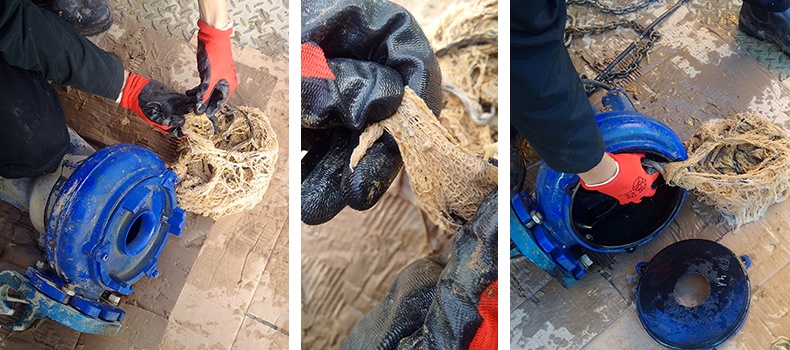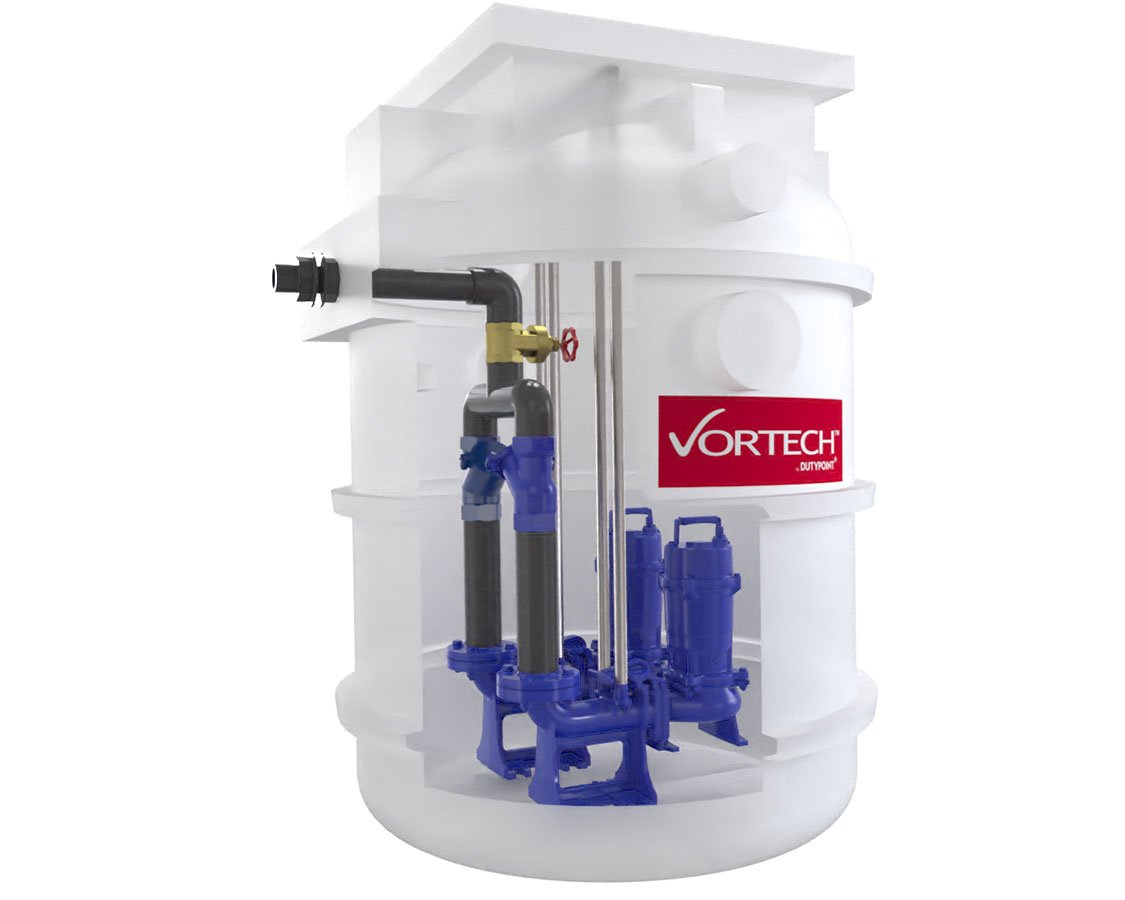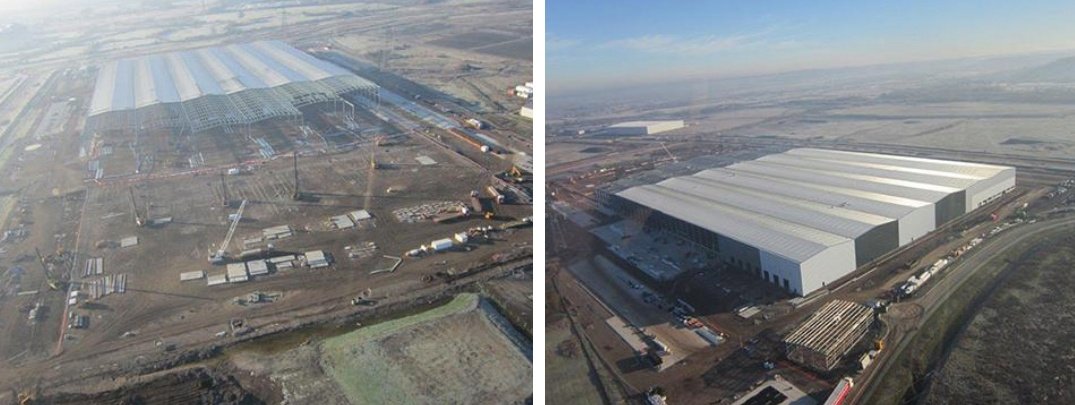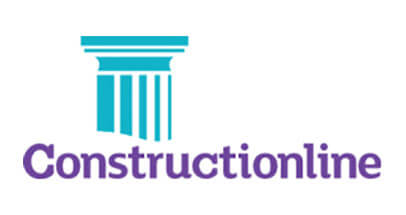By working closely with the building services sector, we can help them to better understand the benefits of ensuring pumps are specified correctly from the outset. This in turn has potential to have a knock-on effect for the entire sewer system, with benefits for utilities companies which have so far borne the brunt of the hugely damaging effects that ‘flushable’ wet wipes continue to cause.
Wet wipes are a major problem in mixed use buildings where there is very limited control on what the occupants put into the foul water system. The wipes are made of a non-woven fabric similar to the type used in nappies and tumble dryer sheets. At surface level, while this is easy and convenient, in the depths of a building’s infrastructure this is causing serious damage and huge maintenance bills.
‘Flushable’ wet wipes are particularly problematic in relation to pumping systems, with issues ranging from a drop in optimal performance to complete systems failures caused by blockages. In a worst case scenario, these failures can lead to the closure of buildings and very high maintenance and repair costs.
These problems are heightened in public buildings, student accommodation, conference, sports and leisure facilities, social housing complexes, schools and universities where the building’s water systems are particularly open to mis-use and abuse.
Wet Wipes in Student Accommodation, Southampton: Case Study
In one such case, a student accommodation block in Southampton was suffering from repeated blockages and poor system performance despite numerous warnings and notices to the occupants highlighting the problem caused by flushing away wet wipes. The storage tank in a 45,000 litre foul water pumping station was repeatedly flooding and after several hours investigating through the night, the pumps were discovered to be totally blocked and burnt out.
It is unusual for this to happen but the system was cleaned out and found to be full of wet wipes which had caused the pumps to stop working. Replacements were soon installed so that the building could continue to operate with minimum downtime but the fault occurred again. The system had flooded and upon further investigation and removal of the pumps, wet wipes were once again found to be the cause of the problem.
The original pumps supplied had a 80mm solids handling capacity which is generally perfectly adequate for foul water applications. The specification was increased to 100mm for the replacement pumps, but when the problem persisted, it was only resolved by installing heavy duty submersible pumps with knife blade cutters. In instances where there is an unusually high volume of wet wipes entering the system, this is the only way to breakdown the wipes and stop them from clogging up the system. The cost of finding a problem-free solution was in excess of £30,000, which goes without saying, is not a cost-effective way to deal with the problem.
“Pumps that would previously have been able to cope are no longer able to do so”
If, as there is every indication, there are going to be more and more instances of high volumes of wet wipes entering a system, there will need to be a shift in the way pumps are specified from the outset. This is crucial to help mitigate unexpected costs and ensure disruption is minimised.
As the student accommodation example illustrates, pumps that would previously have been able to cope are no longer able to do so, therefore a different approach is required at design stage. While knife blade cutters help to chop up the wipes, being able to do this before they reach the pumps is a more effective way of solving the problem. We are developing a pre-treatment, muncher system that will put less pressure on the pumping mechanism.
In the absence of either a significant behavioural change or wet wipe manufacturers changing the way the wipes are made, the emphasis is on adjusting specifications to make sure buildings can continue to operate.




 Lloyd Preston
Lloyd Preston  11 August 2017
11 August 2017 






